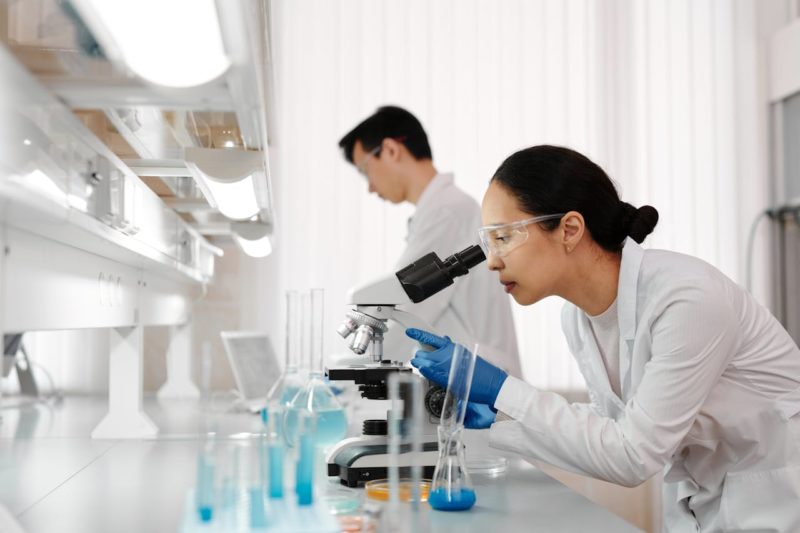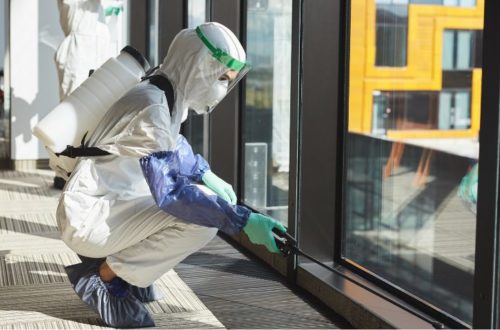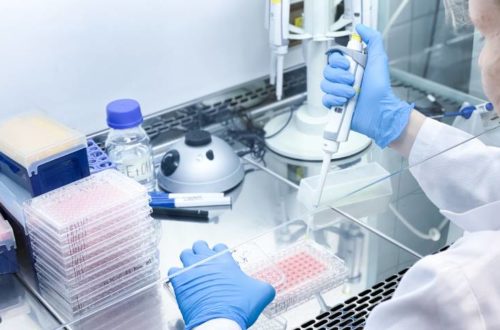What Is an Automated Liquid Handling System in a Laboratory

In laboratory settings, ensuring precision and cleanliness is essential to prevent contamination that could compromise experiment outcomes or production processes. Achieving accurate results is crucial to avoid wasting valuable time and resources.
Professionals tasked with handling liquids understand the potential risks involved and seek assurance that their efforts yield reliable outcomes. Hence, the demand for top-tier automated liquid handling systems is evident, particularly in life science labs where small sample volumes and high sample transfer requirements render manual handling impractical.
Precision Pipe Jetting Technology
Precision pipe jetting is provided with a system which guarantees accurate dispensing using cutting-edge technology which utilizes algorithms and an integrated camera. The liquid handling robot delivers liquids with the utmost accuracy and reliability in the laboratory. Productivity is increased while the chances of human error and contamination are eliminated. Having an automated system that can mix and transfer liquids saves time in scientific and medical procedures providing peace of mind to those using them.
Integration of Camera Monitoring
The camera used in the system allows the user to see exactly how it is operating as it is seamlessly linked to a monitor. The time it saves on what can be tedious tasks which can invite error, can then be used for other more important tasks. The best in the available systems is smaller than previous models, which creates more space in the lab which reduces the chances of accidents occurring.
Versatile Functionality for Scientific Procedures
The system offers a wide range of functions to scientists who may want to use it for intricate procedures such as NGS (Next-Generation Sequencing of DNA and RNA molecules) or perhaps for cell media washing. All tasks will be completed accurately to provide reliable results. It has a sensor that is pressure-based so that full monitoring is carried out to spot any errors in the aspirate and dispense process. Any tubes that are missed can then be corrected, as the system allows the user to click on the image of the missing tube and allow the software to do the rest. The system also allows for only tubes that are required to be calibrated offering functionality and flexibility which save time.
Closed-Loop Axis Control and Customization
The closed-loop axis control provides precision control relying on optical encoders and advanced path planning. It is possible to change the pipette depending on their requirements so that they dispense the right amount of liquid. Accessories such as an open SBS platform are available which accommodates the standard-size tubes while a magnetic station provides new possibilities.
Conclusion
In short, any laboratory that carries out work that requires accurate dispensing of liquids safely and with flexibility will benefit from the purchase of a leading automated liquid handling system.
Would you like to receive similar articles by email?





